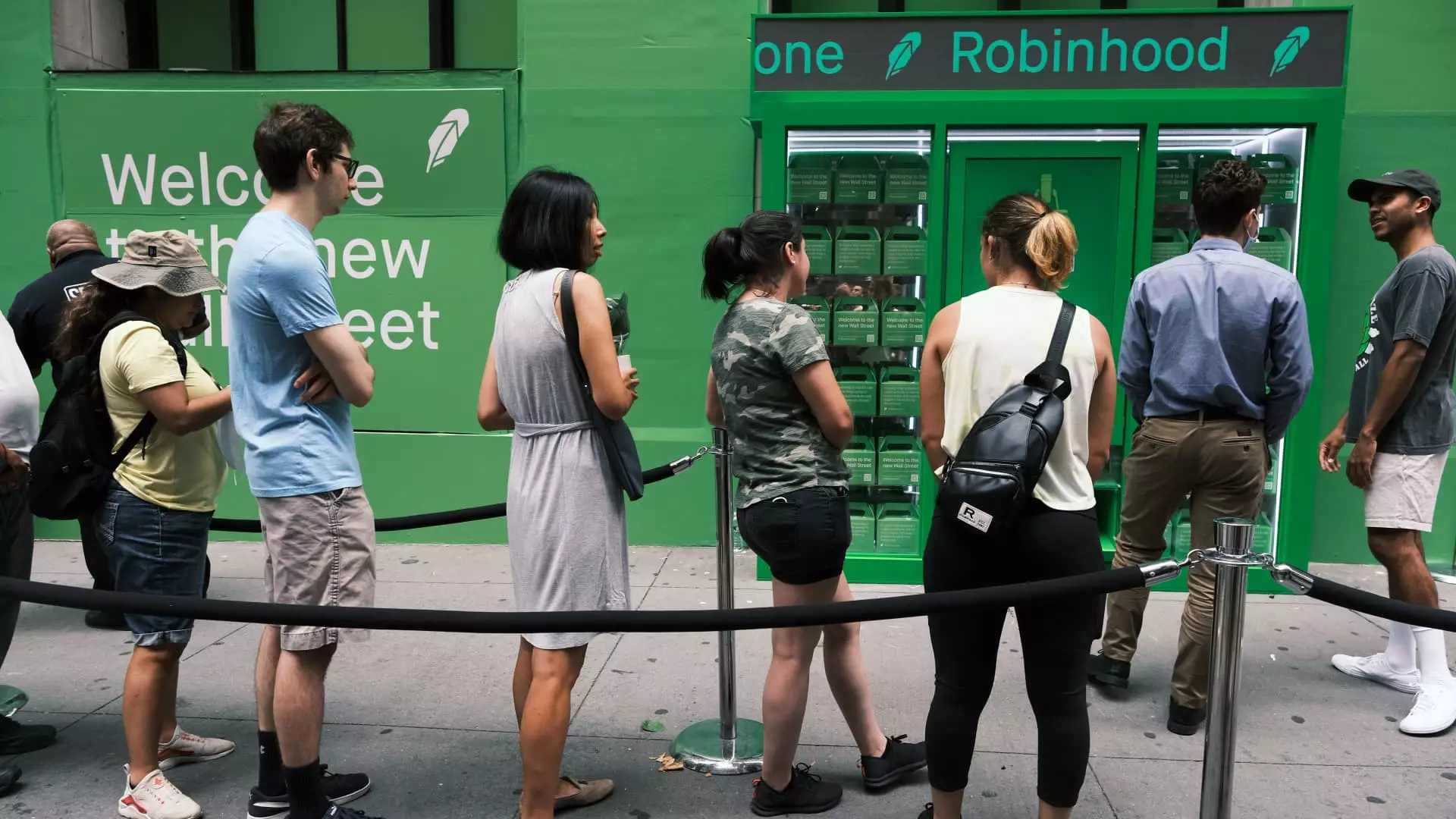It was a day that sent shivers down the spines of investors and tech enthusiasts alike, as tech stocks took a vicious hit. The Nasdaq experienced its most significant fall since 2022, with fintech companies at the forefront of this turmoil. This painful downturn acts as a critical reminder of how volatile the intersection of finance and technology can be, revealing the underlying precariousness of an industry often hailed as the future. Companies that once projected an aura of invincibility are now feeling the harsh realities of market dynamics, as reflected in their plummeting stock prices. Robinhood alone tumbled a staggering 20%, a quintessential example of how a company can be darlings one day and pariahs the next.
The Cryptocurrency Quandary
The plight of cryptocurrencies is central to understanding this downturn. Bitcoin, often regarded as a barometer for the entire crypto market, saw its value dip nearly 5%, marking a worrying trend of decreased investor enthusiasm. In a span of just one month, the leading cryptocurrency has experienced a staggering 19% decline. This trend illustrates a critical crossroads where speculation meets reality—a dynamic largely dismissed during the euphoric highs of late 2024. The dramatic fall can’t merely be brushed away as a “typical market correction”; it reveals a deeper malaise concerning consumer confidence and regulatory uncertainty.
The Broader Economic Context
Looking beyond cryptocurrency, other fintech players are also feeling the heat. Established names like Affirm and SoFi faced drops of over 11%—a painful reminder that their business models heavily rely on consumer spending. Recent reports from retail giants such as Walmart paint a foreboding picture of shifting consumer behavior, where discretionary spending is declining. The linkage between consumer confidence and the health of fintech stocks is undeniable, and the ramifications can be severe. Analysts at JPMorgan Chase pinpointed this decline in consumer confidence, citing a 7% drop in the Conference Board’s index, the steepest since 2021. If this doesn’t serve as a wake-up call for the fintech industry, then what will?
The Illusion of Stability
It’s crucial to revisit the euphoria from the previous fourth quarter, where rosy predictions about Fed rate cuts and a more favorable regulatory landscape under the Trump administration led to a short-lived surge in fintech stocks. However, this sell-off punctuates the fragile nature of that optimism, exposed under the strain of economic realities. The quick shifts in sentiment among investors often reveal an inability to see beyond the immediate horizon; yes, the potential remains for fintech to evolve and adapt, but there’s an undercurrent of skepticism that is hard to shake.
The Future: Uncertain and Cautious
As we look forward, the outlook for the fintech sector appears increasingly uncertain. A series of troubling signs is pointing to deeper issues that cannot be ignored. The deterioration of consumer confidence, alongside the unpredictability of the cryptocurrency market, raises valid concerns about the very foundations on which much of this industry is built. The notion that fintech is a one-way ticket to financial enlightenment now seems naïve. In this precarious environment, only time will tell how many players can weather the storm, but the writing is surely on the wall for those failing to heed these warning signs.


Leave a Reply